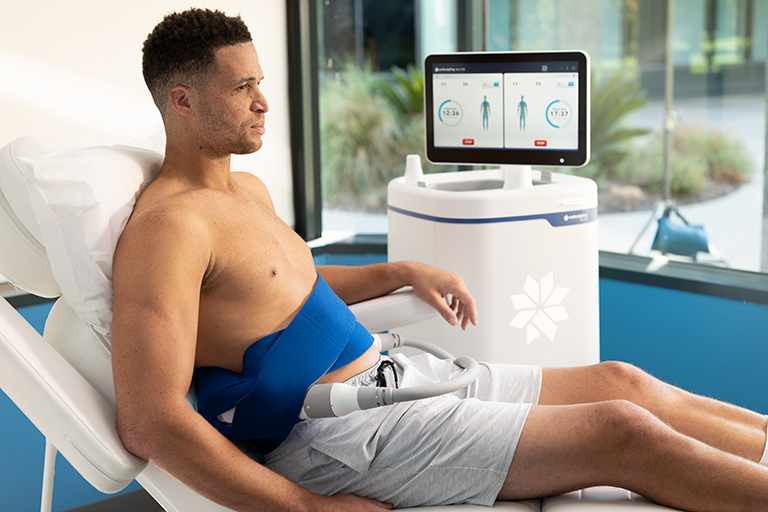Mold exposure can be hard to detect because its signs are just like those of other illnesses. The signs may include; anxiety and depression, hearing problems, joint pain and weakness, one may have rashes, bloody skin lesion or hives, shortness of breath, sinusitis, sneezing, runny nose, or asthma, one may also experience fatigue and also gastrointestinal distress.
Exposure to mold may have serious effects on the elderly, young children, or people with compromised immune systems, or people with previous mold allergies. Mold exposure testing can be done by getting a sample material from the body which is then taken to the lab to identify the presence of mycotoxins.
Mold testing is also done on animals especially pets where also a urine sample is taken to determine mold invasion in their bodies. Another way of testing for mold infestation is by using a testing kit. The kit is usually designed in a way that it can collect mold spores in the air and it has a dish that is filled with microbial growth medium.
The test is done by putting out the dish in the air so that it can trap to collect sample then it’s sealed to give time for incubation so that if there is any mold that has been collected can grow and be seen when doing a test or study. The test kit is quite affordable and provides quick results.
Other important tests that can be done to identify mold invasion in humans are;
Transforming growth factor-beta -1
This is a test done by taking a blood sample and it reveals a certain immune factor has been elevated especially for people who have a mold infestation. This test should be done properly so as to get the correct results and the specimen should also be handled carefully.
Urine mycotoxins test
This is where a sample of urine is taken and tested for the presence of mycotoxins. If the urine contains mycotoxins, then the patients are detoxing the toxins produced by mold and this process helps clear them. This test can be repeated to check the number of mycotoxins, if they have reduced the patient is improving.
IgG mold antibodies
This is a mold exposure testing method that involves immune reaction. If it’s positive, then the body mold invasion. Another clinical test for mold presence is a fungal culture of the sinuses and nose. It’s done by getting a swab from the patient’s nostril and then swap it on a mold plate for culture. A patient can also blow air so as the doctor can be able to get a sample. The sample is then incubated for three days to enable get the results.
Testing the patient and the environment where they have been exposed are both very important. One can call a professional inspector to come to look at the mold count at a home, workplace, or in the car or one can also do the test by buying mold plates and doing some DIY testing at home or place of work.



